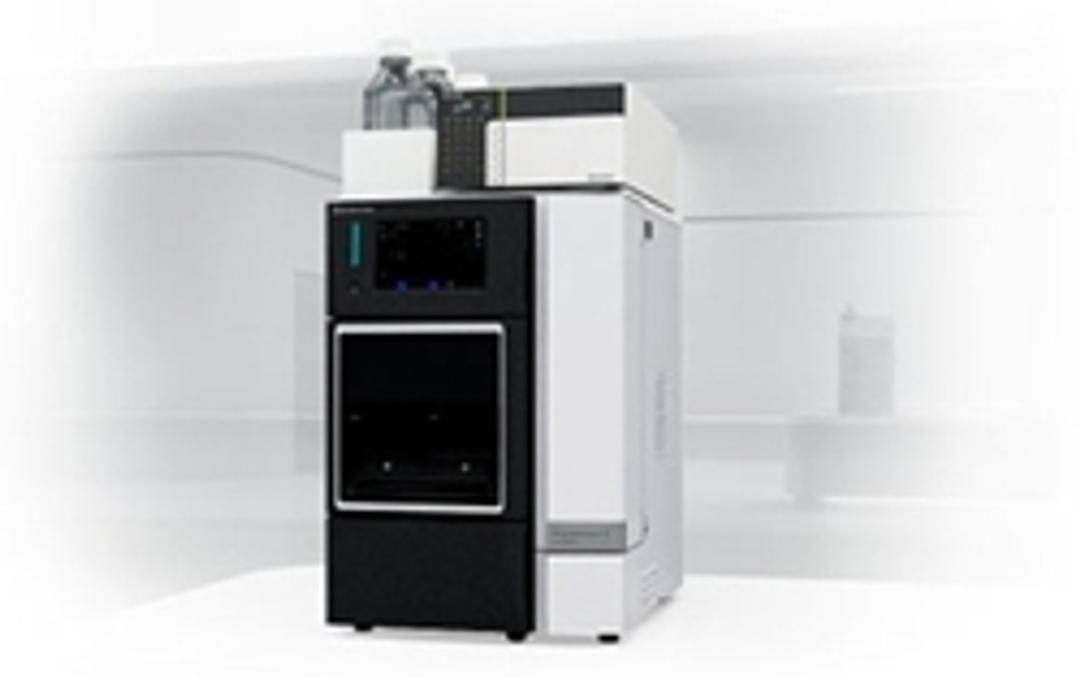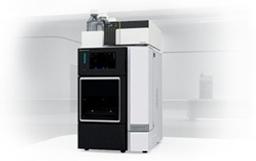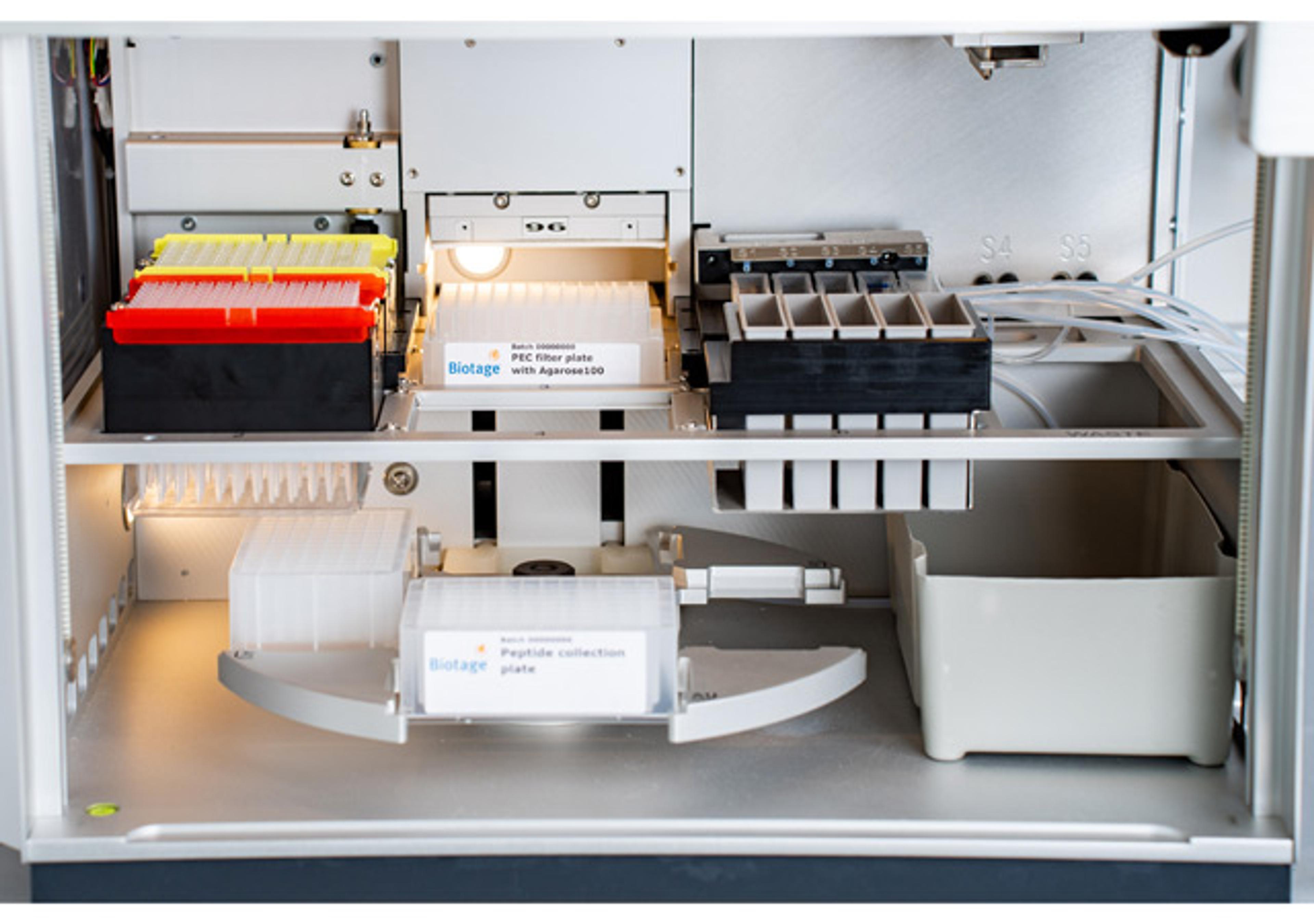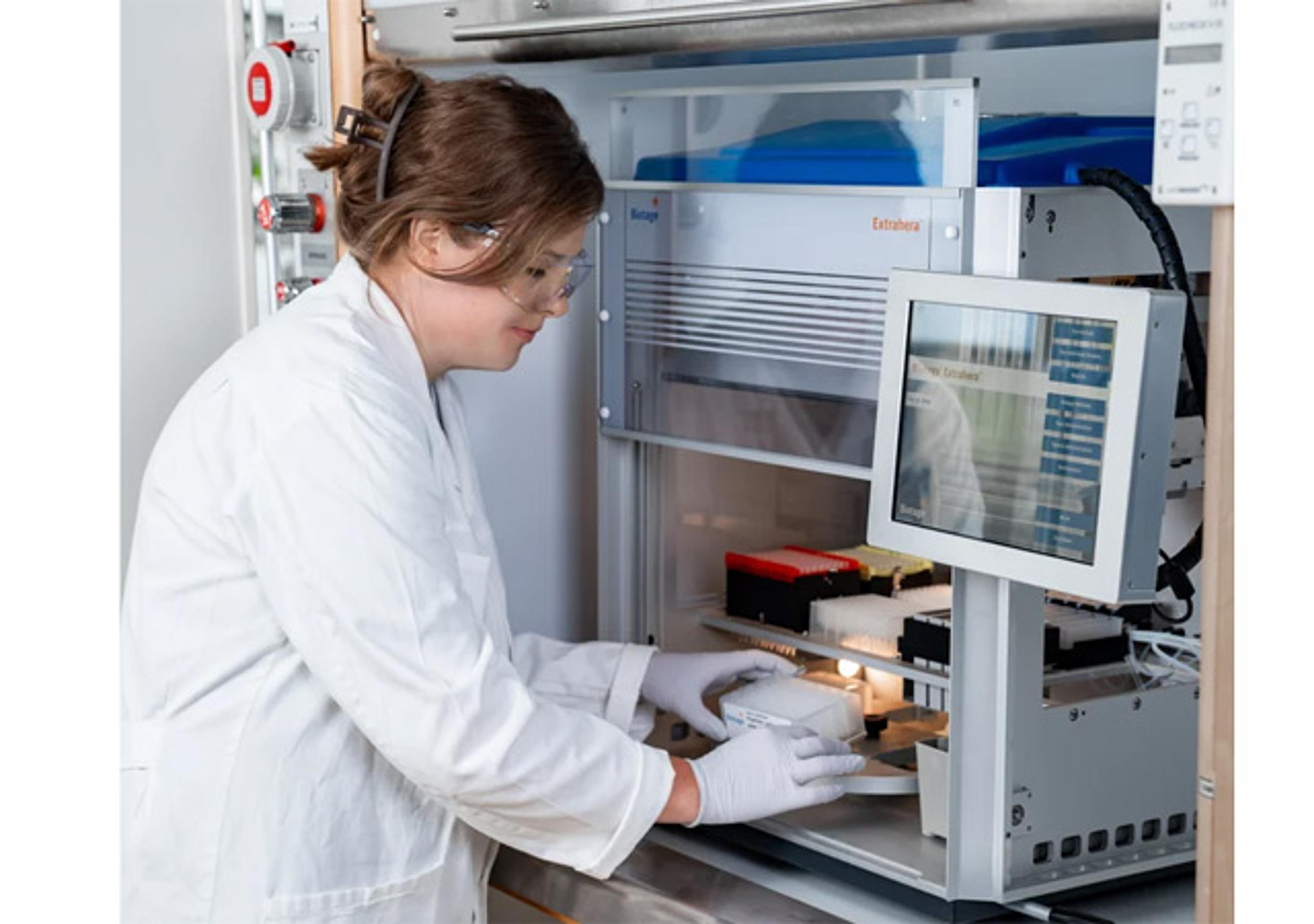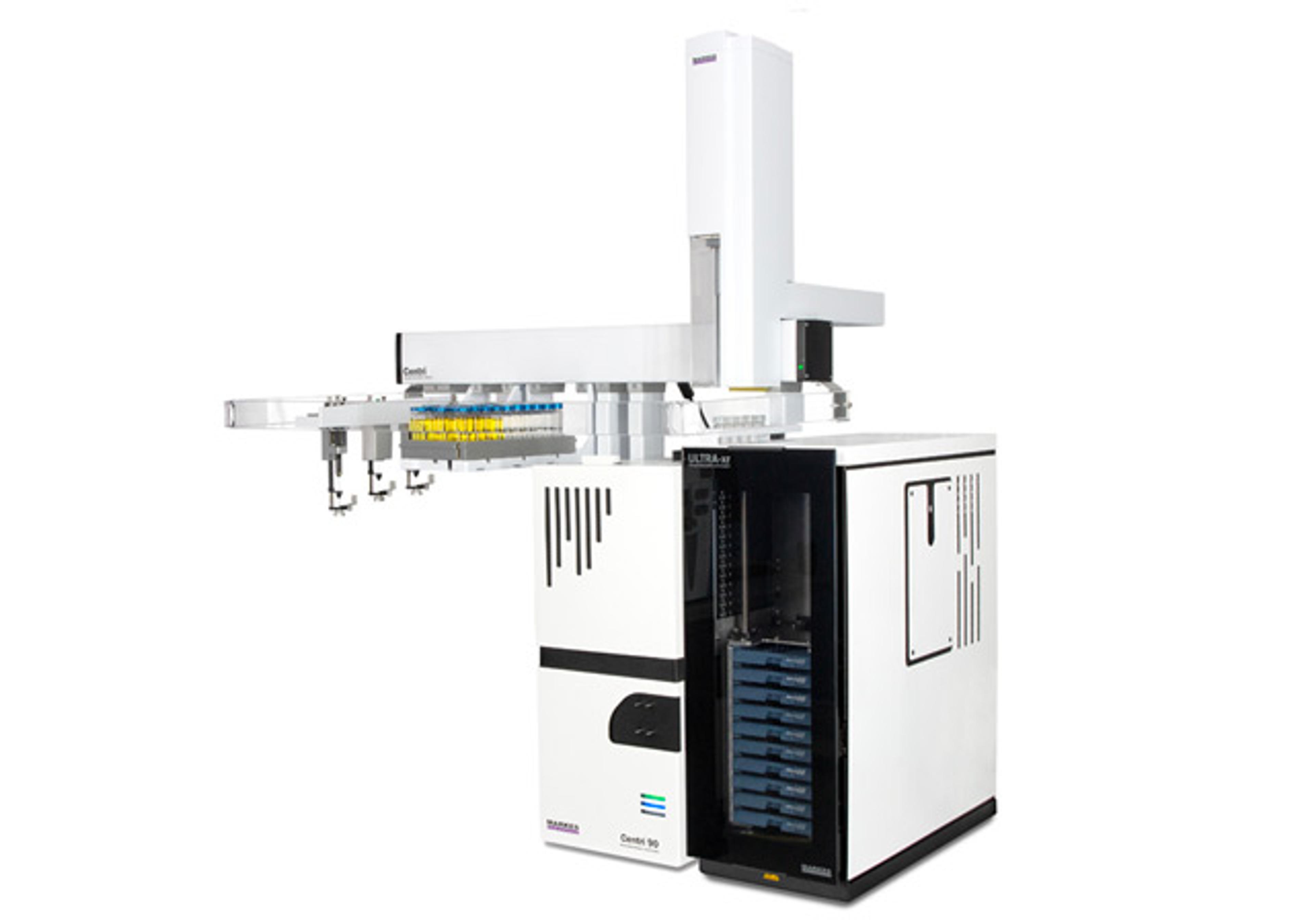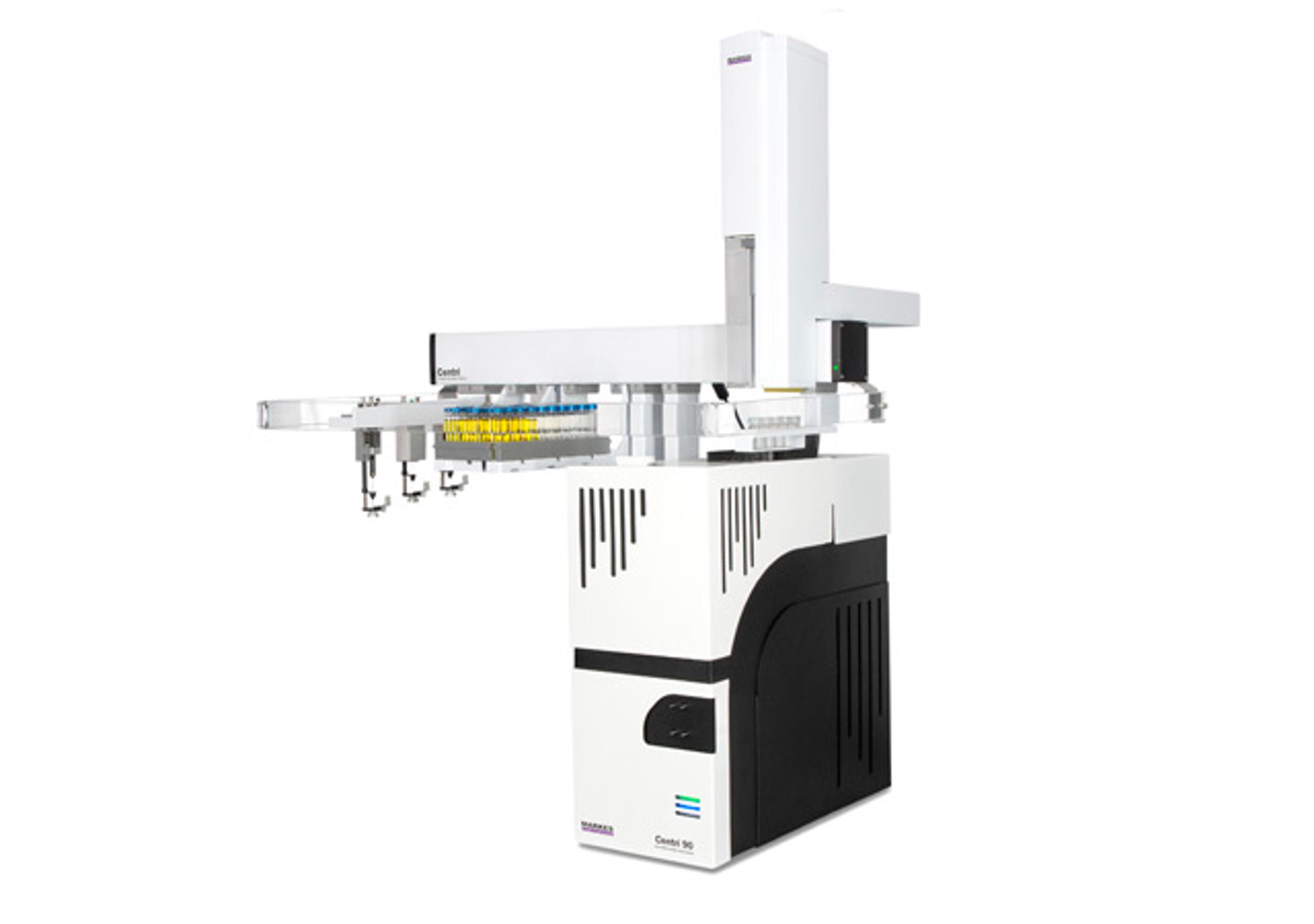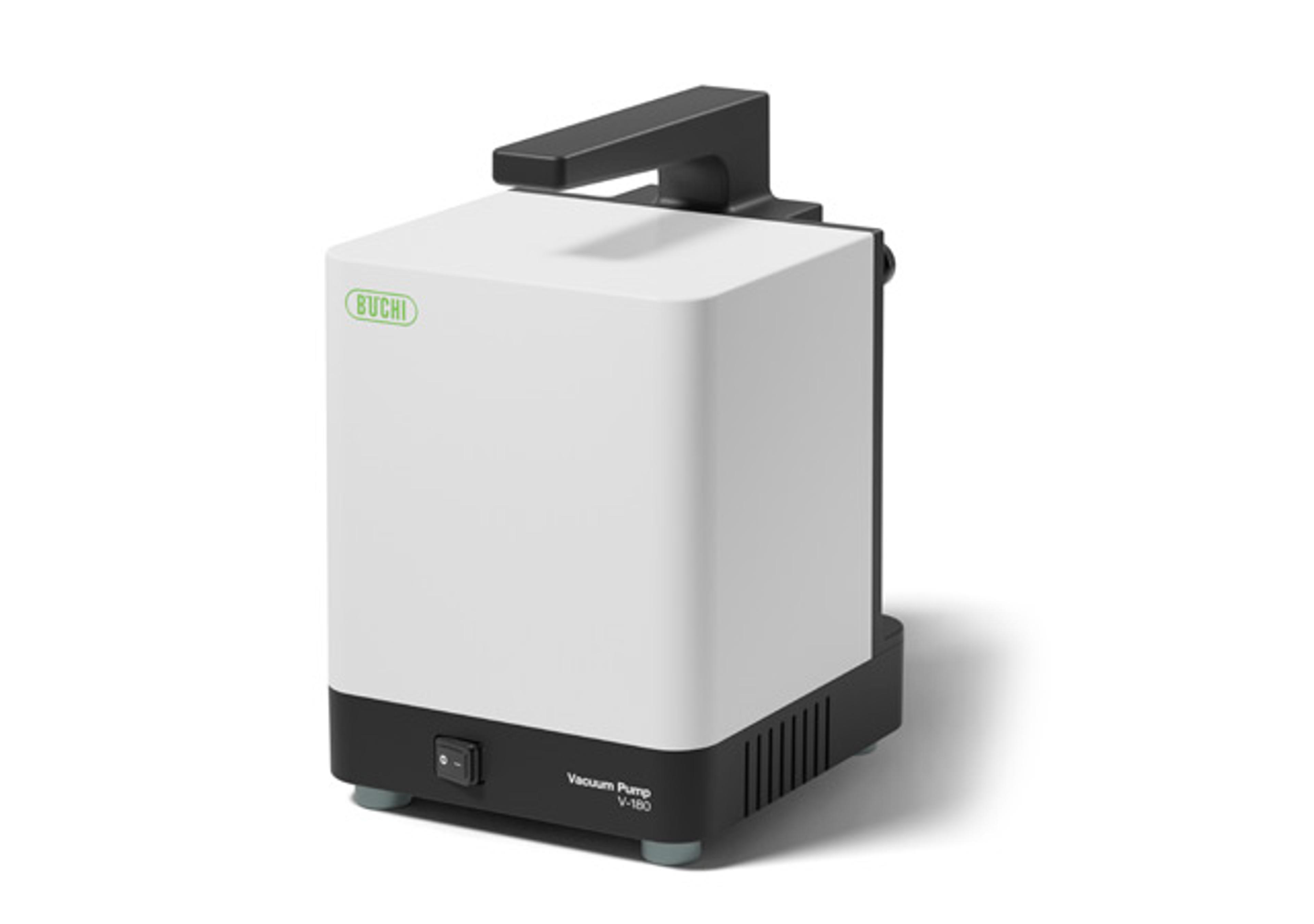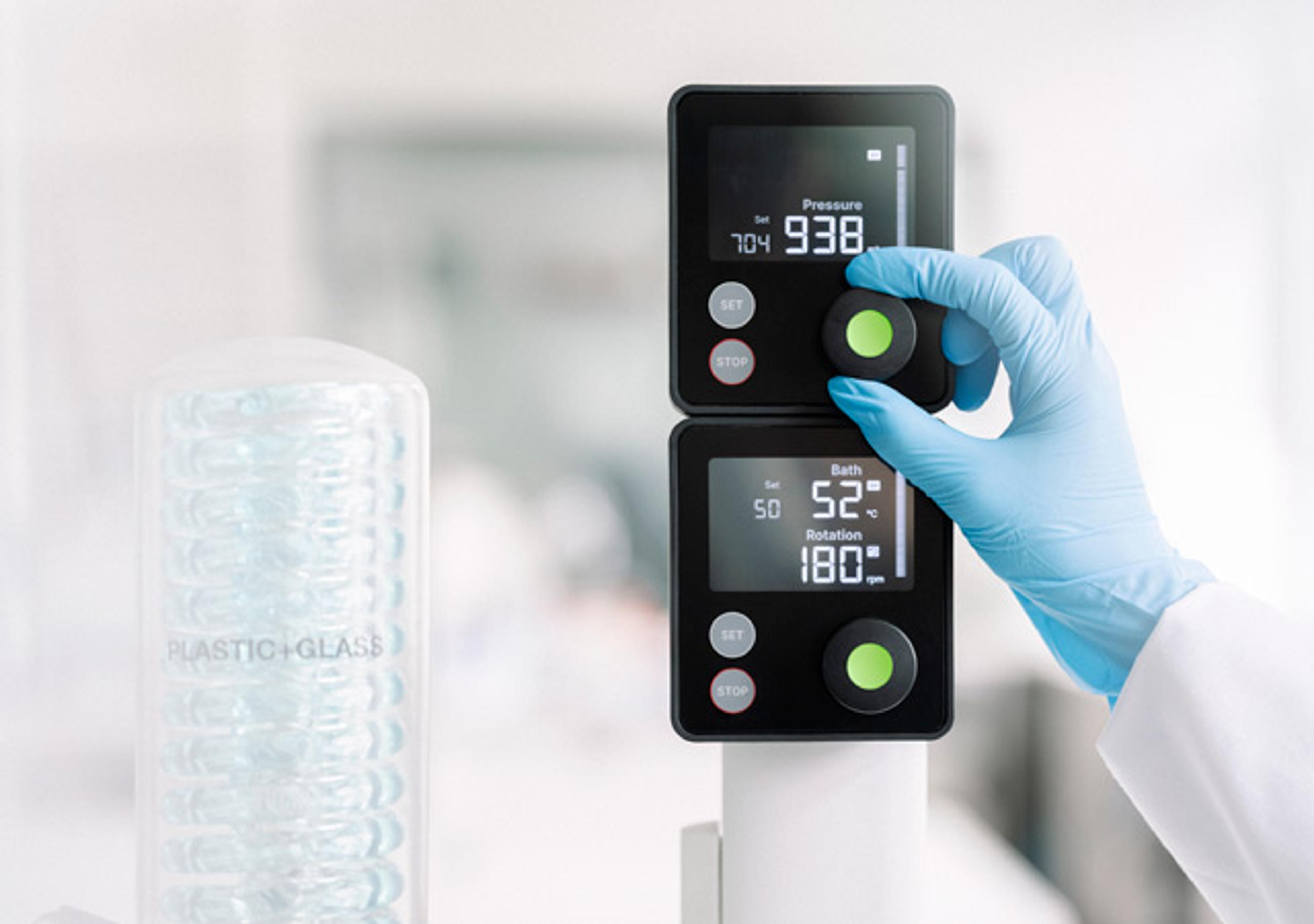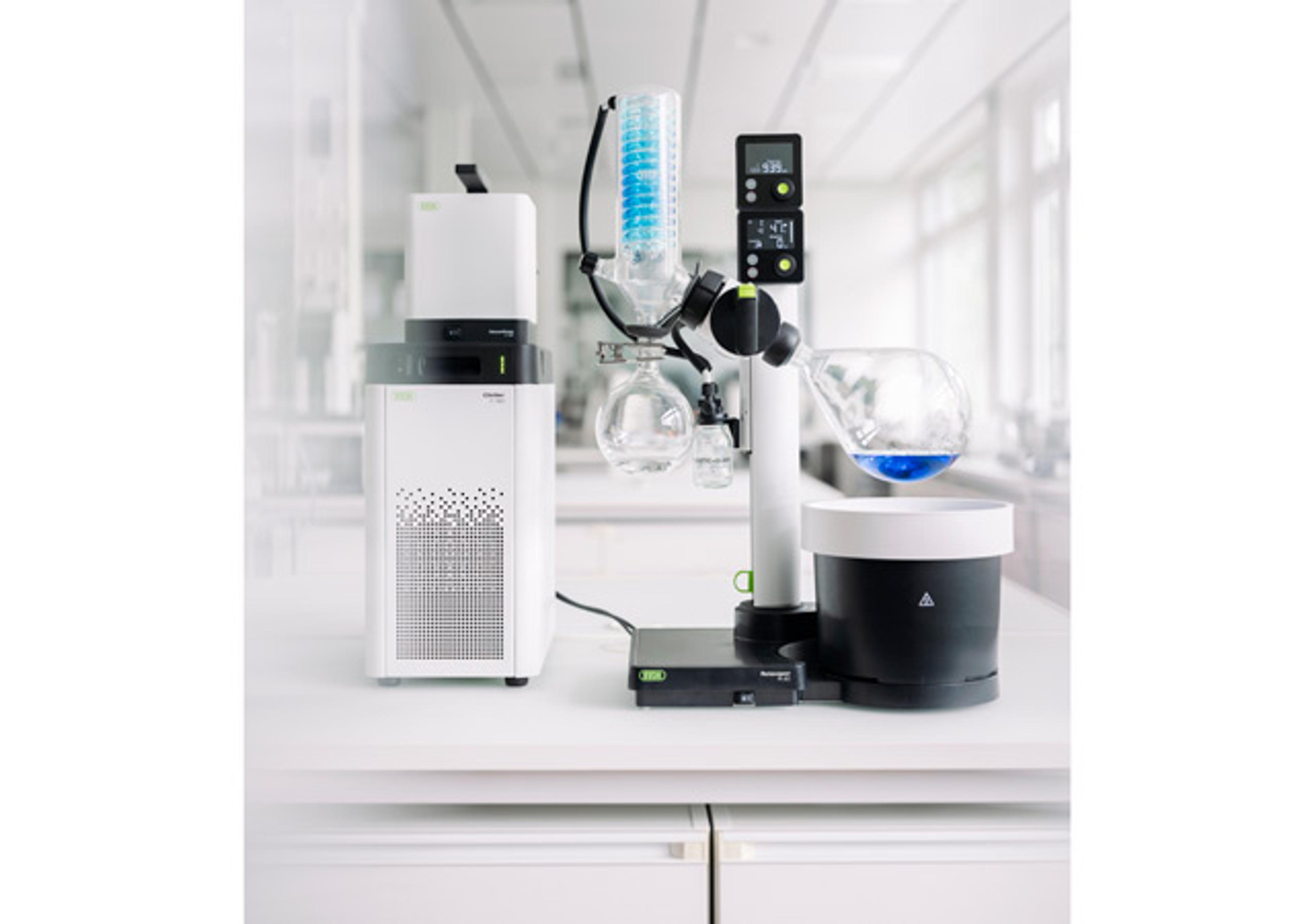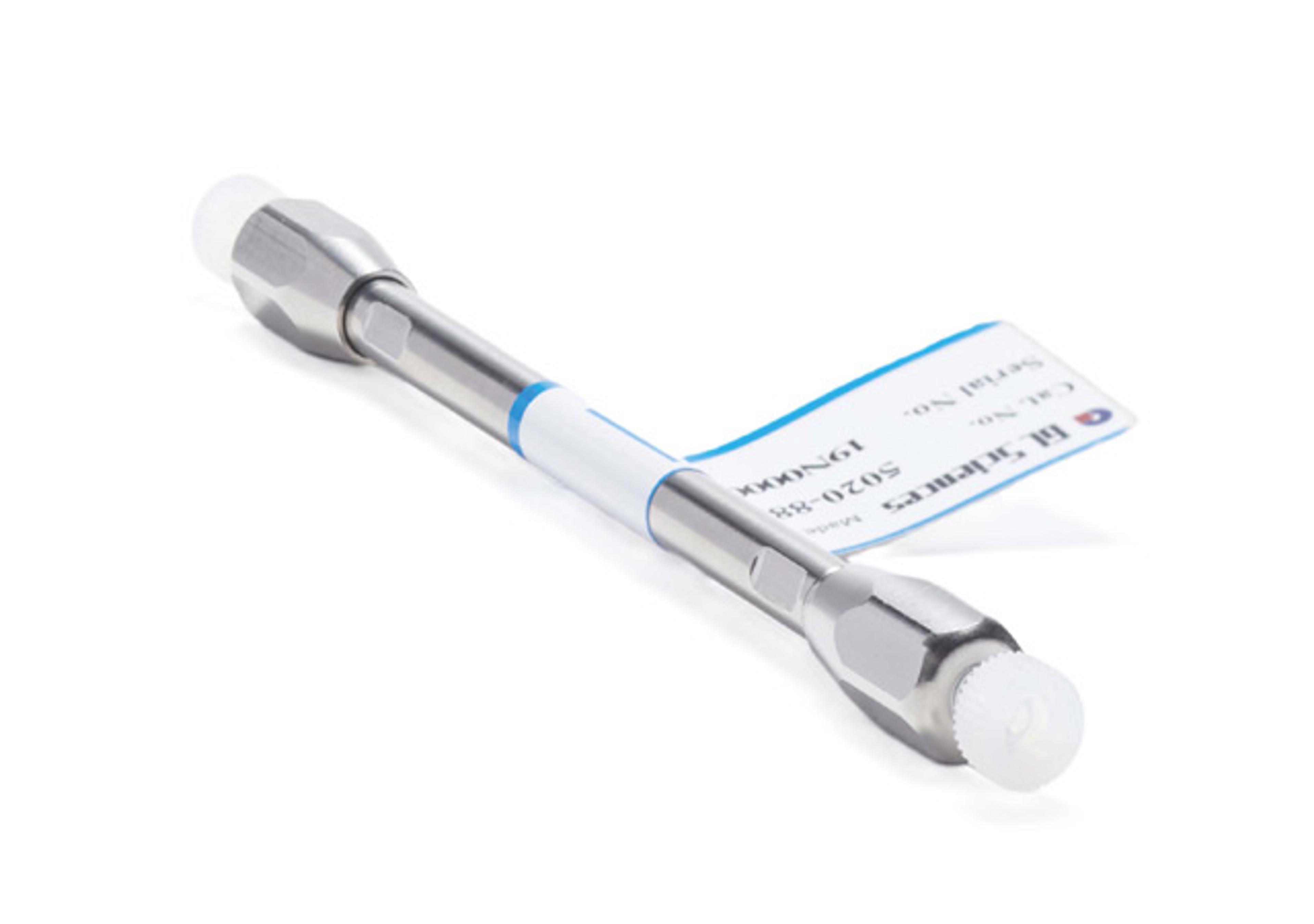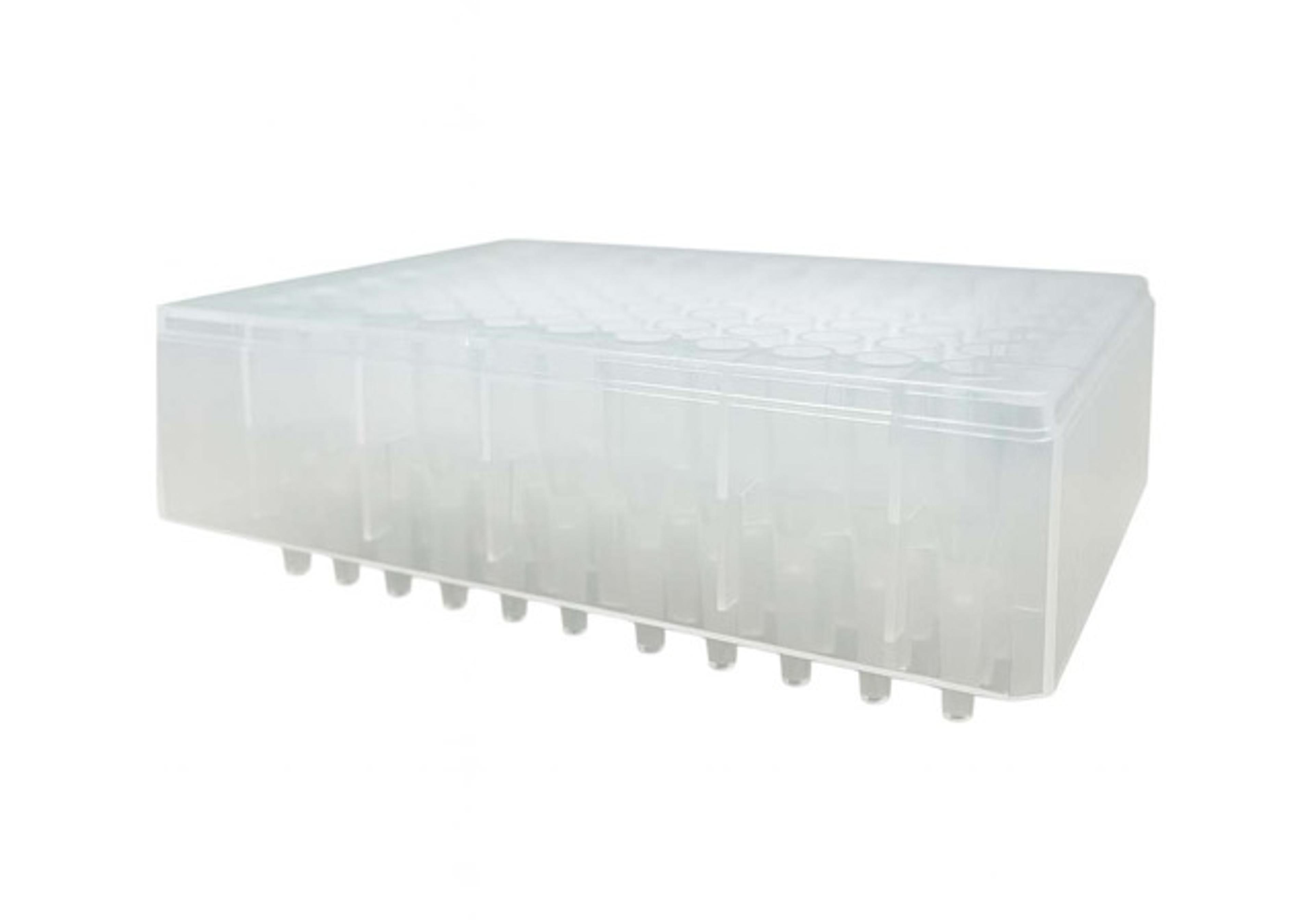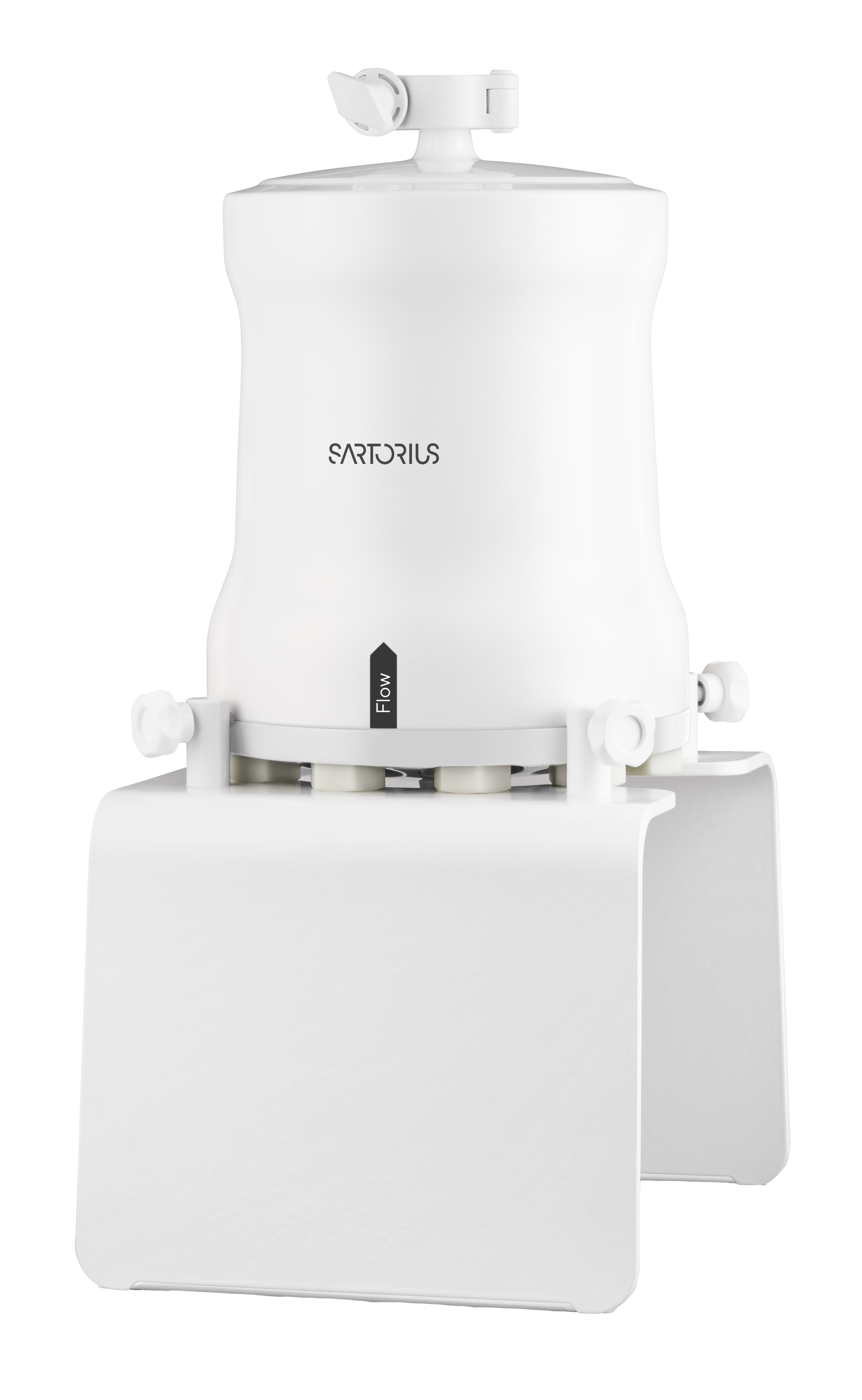Prominence-i GPC System
World-class Small Multi Detection GPC System. A refractive index detector is generally used for GPC analysis of hydrophobic polymers. When trace-level additives that have UV absorption are contained in a polymer, both a UV detector and a photodiode array detector, which offers high-sensitivity detection, are used complementarily.By using the Prominence-i (PDA model), LabSolutions workstation, and LabSolutions GPC software (op…
Outstanding results HPLC Prominence-i 2050 is outstanding for analysis.
Analysis of Residual solvents
Friendly Use system and software, services easily available, comparatively good price rate with other HPLC system.
Review Date: 4 Sept 2022
Guarantees repeatability and certainty in proficiency tests.
Furanic and additives analysis
Exceptional tool from the point of view of ease of use and repeatability of measurements, a guarantee for those who must have compliant data for method validation.
Review Date: 15 Jul 2021
We are using this product for analysis of articles of botanical origin
The interface, both for Lab solutions and Instrument console has tremendously improved. Instrument is easy to use and column switching valve comes in handy especially while dealing with multiple methods using columns of different dimension.
Review Date: 26 May 2015
World-class Small Multi Detection GPC System.
A refractive index detector is generally used for GPC analysis of hydrophobic polymers. When trace-level additives that have UV absorption are contained in a polymer, both a UV detector and a photodiode array detector, which offers high-sensitivity detection, are used complementarily.
By using the Prominence-i (PDA model), LabSolutions workstation, and LabSolutions GPC software (option), it is possible to simultaneously perform measurement of molecular weight distribution of a main component polymer using analysis results from the refractive index detector, and quantitative and qualitative analysis of trace-level additives using analysis results from the photodiode array detector.
By incorporating a dual-temperature control function, which suppresses the effects of room temperature fluctuations, the RID-20A achieves excellent baseline stability and reproducibility. Moreover, the RID-20A significantly reduces stabilization time after being powered on. The stable baseline enables accurate analysis of molecular weight distribution. Shown below are a chromatogram and reproducibility of elution time results, over the course of five days, for an analysis of polystyrene containing additives.

